Shower Enclosure Suites
-
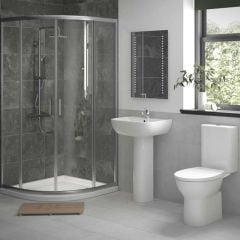


Bathrooms by Trading Depot Adair Full Bathroom ...
£527.89inc VAT
SKU: TDBT109036In Stock - 1 - 2 Working Days -
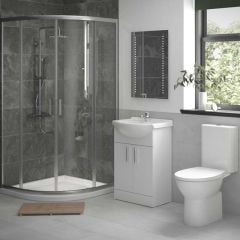


Bathrooms by Trading Depot Wade Full Bathroom S...
£599.99inc VAT
SKU: TDBT109074In Stock - 1 - 2 Working Days
Find out more about Shower Enclosure Suites
Shower enclosure bathroom suites are comprehensive, pre-designed systems that combine various elements to create a complete and stylish showering experience. These suites typically include a shower base or pan, enclosure walls (often made of glass or acrylic), a shower door, and sometimes additional features like shelving, seating, or lighting. The primary advantage of a shower enclosure suite is the convenience of having all necessary components designed to work together seamlessly, ensuring a cohesive look and simplified installation.
The shower base or pan forms the foundation of the enclosure, providing a waterproof surface that slopes toward a drain. Enclosure walls can vary in material and design, with options ranging from clear glass for a modern, open feel to textured or frosted glass for added privacy. The shower door is another key element, available in hinged, sliding, or pivoting styles to suit different space constraints and aesthetic preferences. High-quality shower enclosure suites are designed for durability and ease of maintenance, with features like water-resistant seals and easy-to-clean surfaces.
Shower tray and enclosure suites offer a range of benefits, including streamlined design, simplified installation, and consistent performance. They are available in various sizes, shapes, and styles to accommodate different bathroom layouts and design preferences. Whether you're renovating an existing bathroom or building a new one, a shower enclosure suite can provide a convenient and stylish solution for creating a functional and visually appealing showering space.
Shower Enclosure Suites FAQs
What is a shower enclosure suite?
A shower enclosure suite is a comprehensive, pre-packaged system designed to create a complete and functional showering space within a bathroom. Unlike individual shower components that require separate selection and assembly, a shower enclosure suite includes all the essential elements needed for a fully enclosed shower. These suites typically consist of a walk in shower base or tray, enclosure walls (often made of glass or acrylic), a shower door, and sometimes additional features such as shelving, seating, or integrated lighting.
The primary advantage of a shower enclosure suite lies in its cohesive design and simplified installation process. Because all components are designed to work together seamlessly, you can achieve a consistent and aesthetically pleasing look without the guesswork of matching individual parts. The shower base or tray provides a waterproof foundation with a built-in slope towards the drain, ensuring efficient water runoff. The enclosure walls offer privacy and protection against water splashes, while the shower door provides access to the showering area and helps contain moisture.
Shower enclosure suites are available in a variety of sizes, shapes, and styles to accommodate different bathroom layouts and design preferences. Whether you're renovating an existing bathroom or building a new one, a shower enclosure suite offers a convenient and efficient solution for creating a stylish and functional showering space. The all-in-one nature of these suites not only simplifies the installation process but also ensures that all components meet the necessary standards for performance and durability, providing a reliable and enjoyable showering experience.
What are the benefits of a shower enclosure suite?
Shower enclosure suites offer several key advantages that make them a popular choice for bathroom renovations and new constructions. One of the most significant benefits is the cohesive design they provide. Since all components are designed to work together, the shower base, walls, and door create a unified and aesthetically pleasing look. This eliminates the need to individually select and match different elements, ensuring a harmonious appearance that enhances the overall bathroom decor.
Another major benefit is the simplified installation process. Shower enclosure suites come with all the necessary components and instructions, making installation more straightforward compared to piecing together individual parts. This can save time and reduce the potential for errors during installation. Additionally, because the components are designed to fit together perfectly, there's less need for custom modifications, further streamlining the installation process.
Consistent performance is another notable advantage. Shower enclosure suites are engineered to provide reliable and leak-free operation. The pre-designed system ensures that all components work together efficiently, minimising the risk of water damage and other issues. The integrated design also means that the shower base is properly sloped for efficient drainage, and the enclosure walls and door create a watertight seal, preventing water from escaping the shower area.
Beyond these core benefits, shower enclosure suites often come with additional features that enhance the showering experience. These may include built-in shelving for storing toiletries, integrated lighting for improved visibility, and low-threshold designs for easy access. The combination of cohesive design, simplified installation, and consistent performance makes shower enclosure suites an attractive option for anyone looking to create a stylish and functional bathroom space.
What materials are commonly used for shower enclosure suites?
Shower enclosure suites are constructed from a variety of materials, each offering unique benefits in terms of durability, aesthetics, and maintenance. The choice of materials often depends on the overall design, budget, and desired performance characteristics of the shower enclosure.
Glass is a popular material for shower enclosure walls and doors due to its sleek appearance and durability. Tempered glass is commonly used because it is stronger and safer than regular glass. If broken, it shatters into small, blunt pieces rather than sharp shards. Glass enclosures can be clear, frosted, or textured, providing different levels of privacy and design flexibility. Clear glass offers a modern, open look, while frosted glass provides more privacy.
Acrylic is another common material for shower enclosure walls and bases. It is a lightweight and cost-effective alternative to glass. Acrylic is durable, easy to clean, and resistant to mold and mildew. It can be moulded into various shapes and textures, allowing for a wide range of design options. Acrylic enclosures are often reinforced with fiberglass for added strength and stability.
Fiberglass is frequently used as a reinforcement material for acrylic shower enclosures and bases. It provides additional strength and rigidity, preventing the enclosure from flexing or cracking under pressure. Fiberglass is also water-resistant and helps to insulate the shower, retaining heat and reducing energy costs.
Composite materials are also gaining popularity in shower enclosure suites. These materials combine the best properties of different materials, such as acrylic and stone, to create durable and aesthetically pleasing enclosures. Composite materials can mimic the look and feel of natural stone while offering the lightweight and easy-to-maintain properties of acrylic.
In summary, shower enclosure suites commonly utilise glass, acrylic, fiberglass, and composite materials to provide a combination of durability, aesthetics, and functionality. The specific materials used will vary depending on the manufacturer, design, and price point of the shower enclosure suite.
How do I choose the right size and shape for my bathroom?
Choosing the right size and shape for elements in your bathroom involves several key considerations to ensure functionality, comfort, and aesthetic appeal. Here’s a comprehensive guide to help you make informed decisions:
Assess Your Bathroom Space:
- Measure Accurately: Begin by measuring the length, width, and height of your bathroom. Note the locations of doors, windows, plumbing fixtures, and any existing obstructions.
- Consider Traffic Flow: Think about how people will move through the space. Ensure there’s enough room to comfortably open doors, drawers, and cabinets without bumping into fixtures.
Determine the Layout:
- Optimal Placement: Position the toilet out of direct line of sight from the doorway for privacy. The sink should be conveniently located near the entrance for handwashing. The shower or tub should be placed where it can be properly ventilated to prevent moisture buildup.
- Work Triangle: In larger bathrooms, consider the "work triangle" concept, which connects the sink, toilet, and shower/tub. Aim for a layout where these elements are efficiently spaced to minimise unnecessary steps.
Select Fixture Sizes and Shapes:
- Toilets: Standard toilets are available in round-front and elongated bowl shapes. Elongated bowls offer more comfort but require more space. Wall-hung toilets can save floor space and create a modern look.
- Sinks: Consider the size of your vanity or countertop. Vessel sinks sit on top of the counter and can add a stylish touch, while undermount sinks provide a seamless look. Pedestal sinks are ideal for small bathrooms where space is limited.
- Showers and Tubs: Measure the available space and choose a shower or tub that fits comfortably. Corner showers can maximise space in small bathrooms, while freestanding tubs can create a luxurious focal point in larger bathrooms.
Consider Ergonomics and Accessibility:
- Comfortable Heights: Choose fixtures that are comfortable for all users. Standard toilet height is around 15 inches, but comfort-height toilets (17-19 inches) are available for those with mobility issues.
- Accessibility: If anyone in your household has mobility issues, consider installing grab bars in the shower or tub area and ensuring there is enough space for wheelchair manoeuvrability.
By carefully assessing your bathroom space, determining the optimal layout, selecting appropriate fixture sizes and shapes, and considering ergonomics and accessibility, you can create a bathroom that is both functional and aesthetically pleasing.
Are shower enclosure suites easy to clean and maintain?
Shower enclosure suites can vary in terms of how easy they are to clean and maintain, depending on several factors including the materials used, the design, and any special coatings applied. Here's a detailed look at what affects their ease of maintenance:
Materials:
- Glass: Glass is a common material for shower enclosures. Tempered glass is durable and safe, but it can show water spots and soap scum. Look for enclosures with a hydrophobic coating, which repels water and makes cleaning easier.
- Acrylic: Acrylic is a lightweight and less expensive alternative to glass. It’s easier to clean than uncoated glass, but it can scratch more easily, so avoid abrasive cleaners.
- Frames: Aluminium or stainless steel frames are durable and resistant to rust. They are generally easy to clean with a mild cleaner. Avoid using harsh chemicals that can damage the finish.
Design:
- Frameless vs. Framed: Frameless shower enclosures have fewer crevices where dirt and grime can accumulate, making them easier to clean. Framed enclosures have more edges and corners that require regular attention.
- Door Style: Sliding doors can have tracks that collect soap scum and mildew, requiring frequent cleaning. Hinged doors are easier to clean as they have fewer hidden areas.
- Smooth Surfaces: Enclosures with smooth, flat surfaces are easier to wipe down than those with textured or patterned glass.
Coatings and Treatments:
- Hydrophobic Coatings: Many high-end shower enclosures come with a hydrophobic coating that repels water, soap, and minerals. This reduces the buildup of residue and makes cleaning much easier.
- Anti-Limescale Treatments: These treatments help prevent limescale buildup, which is particularly useful in areas with hard water.
Maintenance Tips:
- Squeegee After Each Use: Using a squeegee to wipe down the glass after each shower can prevent water spots and soap scum from forming.
- Ventilation: Proper ventilation helps reduce moisture buildup, which can lead to mold and mildew growth. Use the bathroom fan during and after showers.
- Regular Cleaning: Clean the shower enclosure regularly with a mild cleaner. Avoid abrasive cleaners that can scratch the surfaces.
- Check Seals and Grout: Inspect the seals and grout around the enclosure regularly and repair any cracks or damage to prevent water leaks and mould growth.
In conclusion, shower enclosure suites can be easy to clean and maintain if you choose materials and designs that are resistant to water spots and soap scum, and if you follow regular maintenance practices. Opting for enclosures with hydrophobic coatings, frameless designs, and smooth surfaces can significantly reduce the amount of cleaning required.
Can I install a shower enclosure suite myself?
Installing a shower enclosure suite yourself is totally doable, but it's not a walk in the park. You'll need some solid DIY skills, the right tools, and a good chunk of time. First off, think about your plumbing knowledge. Are you comfortable working with pipes and fittings? If not, you might want to call in a pro for that part.
Next, consider the complexity of the suite itself. Some are pretty straightforward, while others have a ton of parts and require precise measurements. Read the instructions carefully and make sure you understand each step before you start. Also, safety first! Wear safety glasses and gloves, and don't be afraid to ask for help if you're struggling with something heavy or awkward.
Finally, remember that a properly installed shower enclosure should be watertight and last for years. If you're not confident in your abilities, it's always better to hire a professional to avoid leaks, water damage, and headaches down the road.
What types of doors are available for shower enclosure suites?
When it comes to shower enclosure doors, you've got a few main types to choose from, each with its own perks. Sliding doors, also known as bypass doors, are great for smaller bathrooms because they don't swing outward, saving space. They glide along tracks at the top and bottom of the enclosure.
Hinged doors, on the other hand, swing open like a regular door. They give you a wide opening, which can be handy, but you need to make sure you have enough clearance in your bathroom for the door to swing freely. Pivot doors are similar to hinged doors, but they rotate on a pivot point instead of hinges. This can give them a sleek, modern look.
Lastly, you might consider bi-fold doors, which fold in on themselves. These are another good option for smaller spaces, as they don't require as much clearance as hinged or pivot doors. Each type has its own aesthetic and functional advantages, so think about your bathroom layout and personal preferences when making your choice.

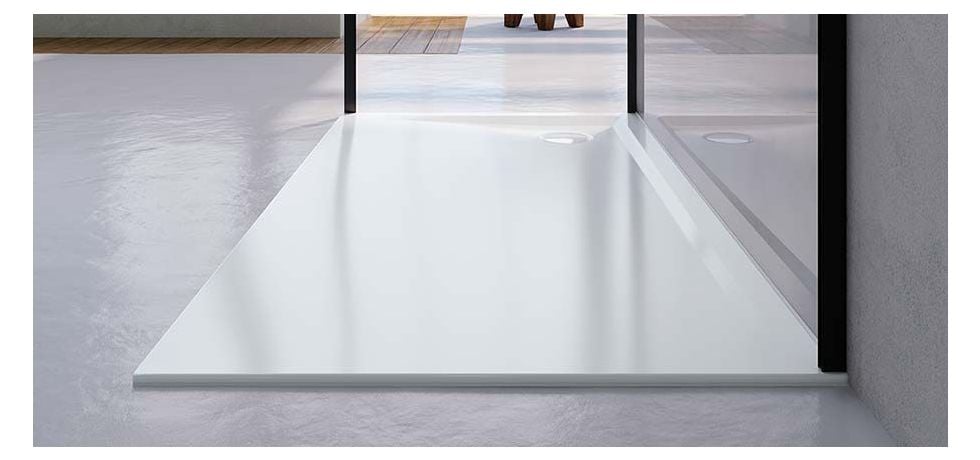
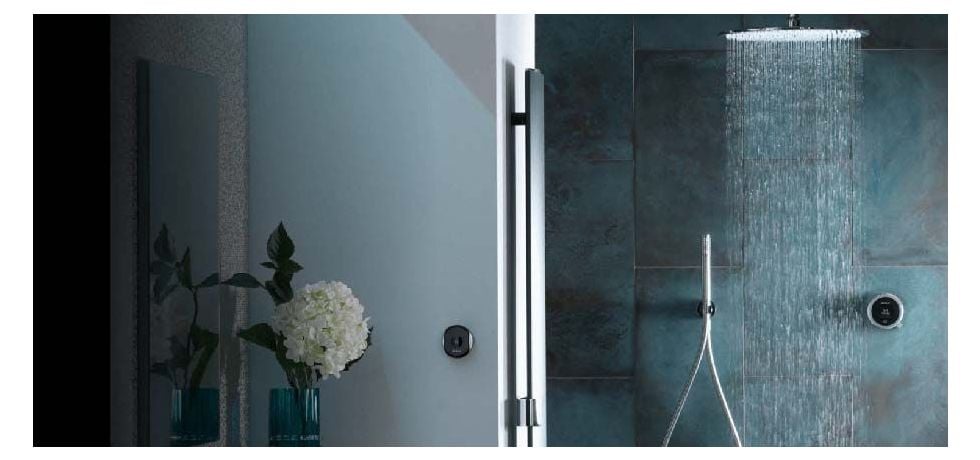
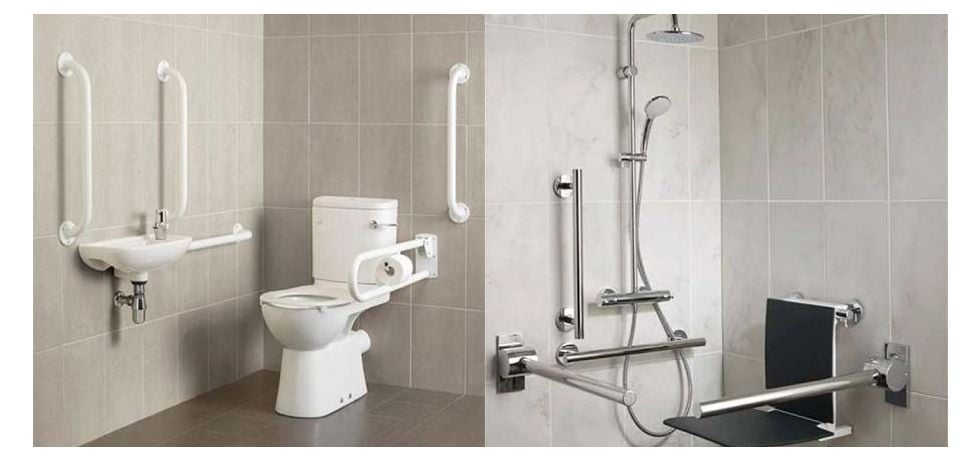
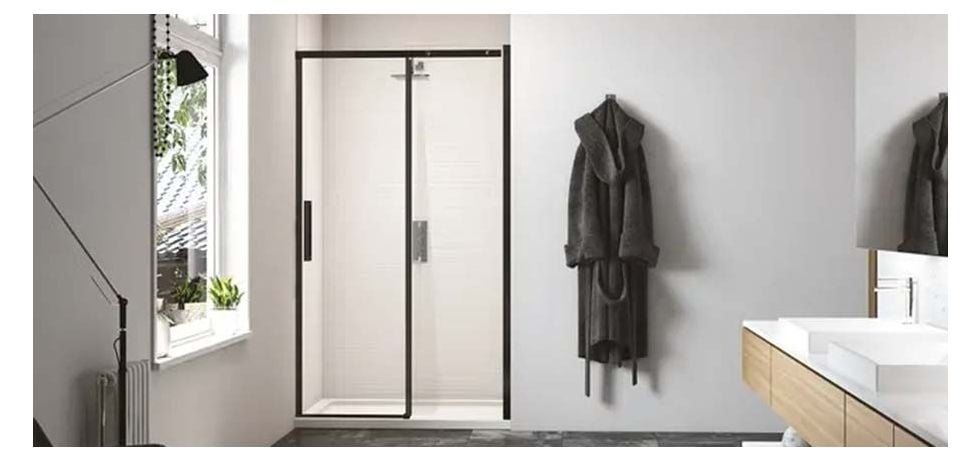
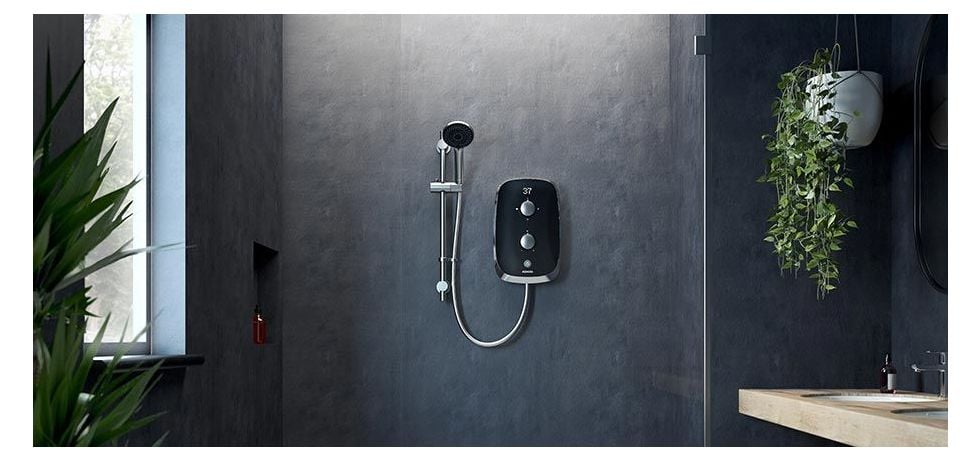
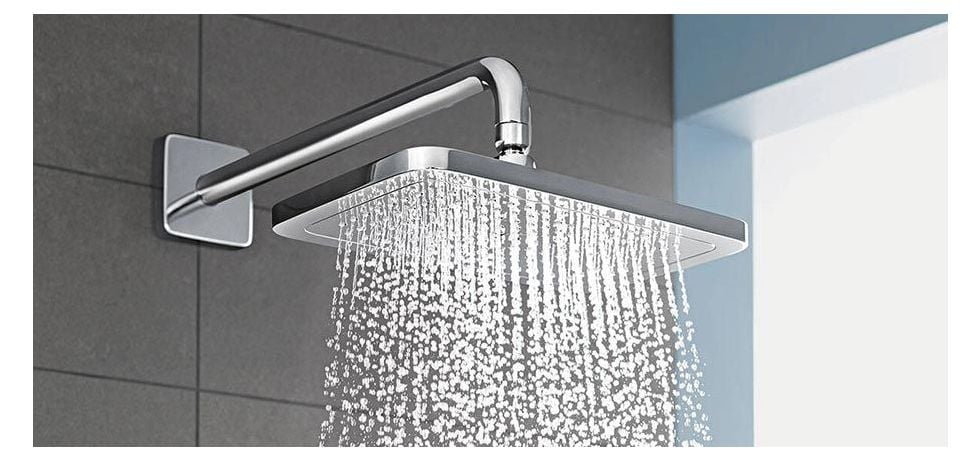
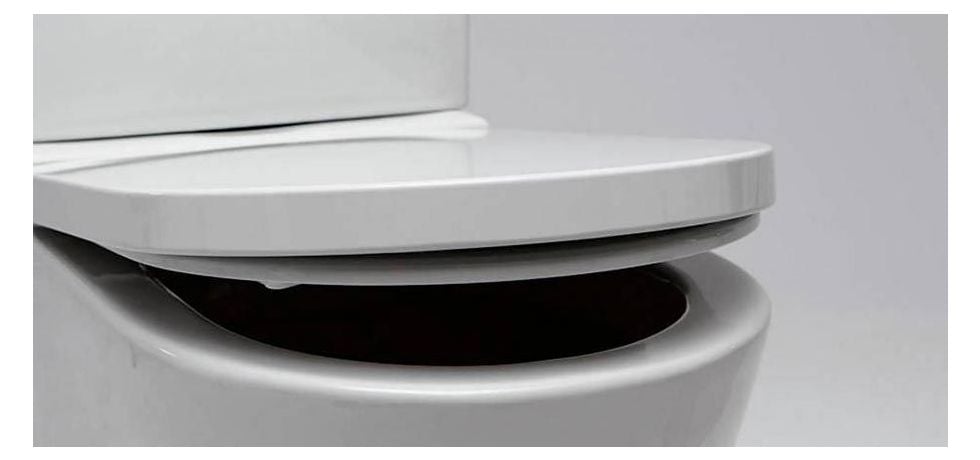
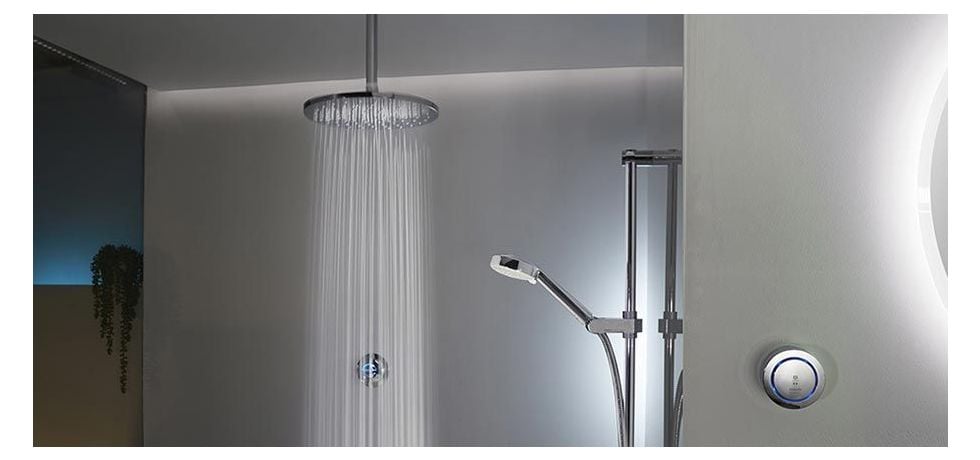
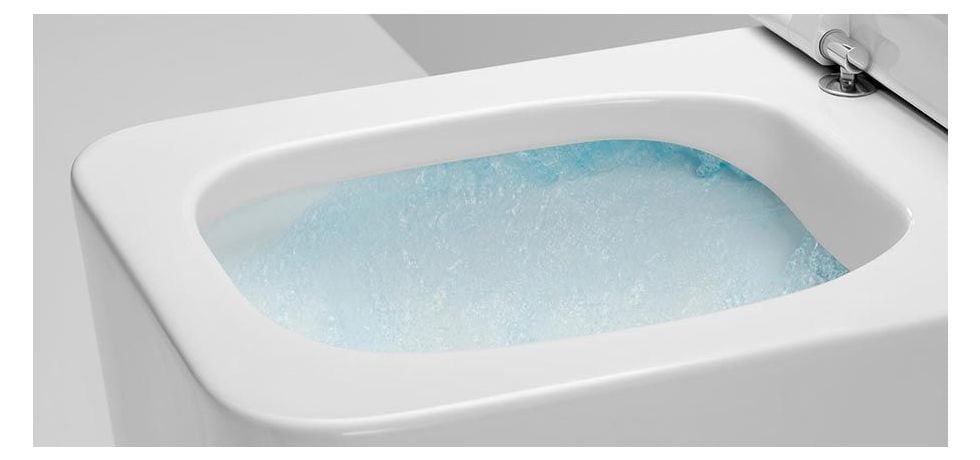
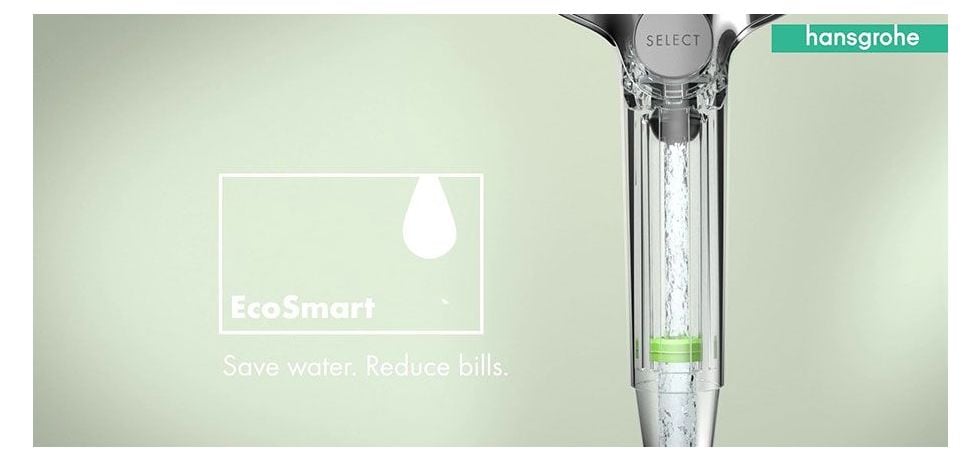
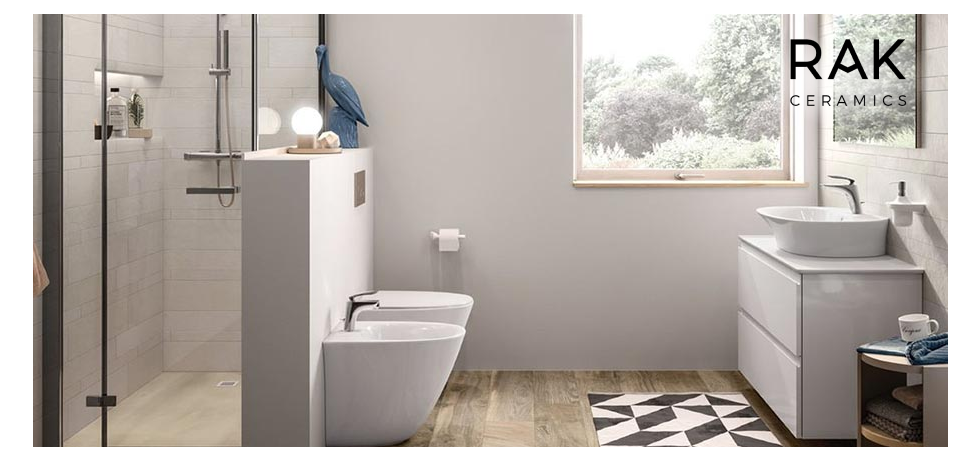
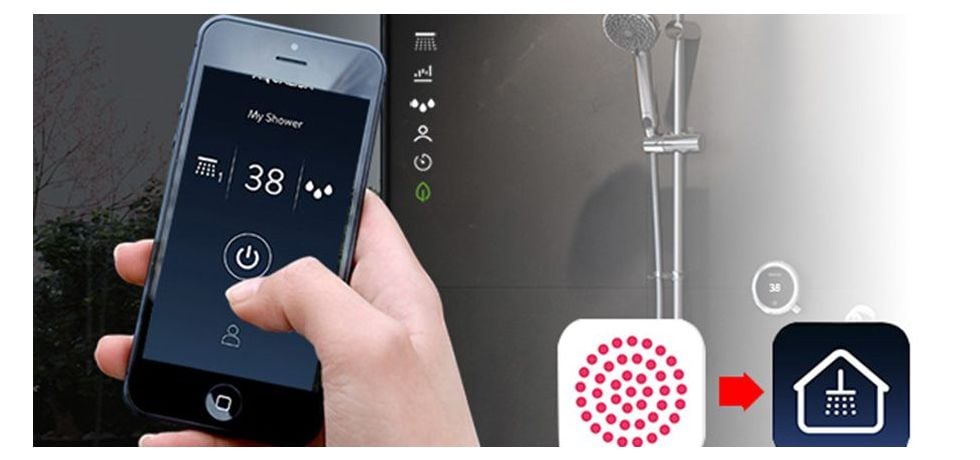
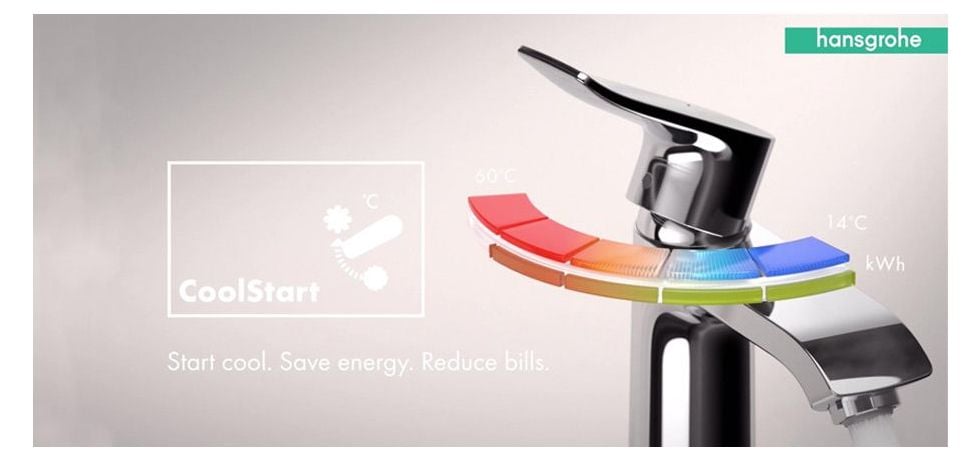
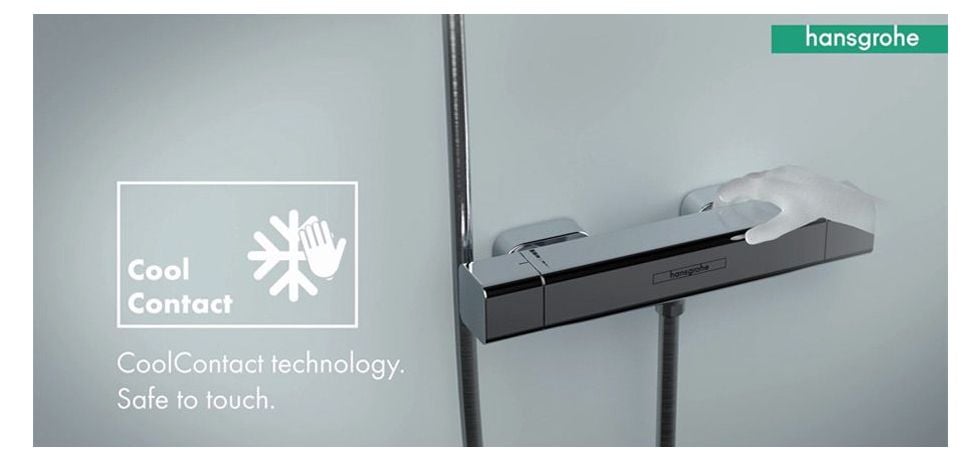
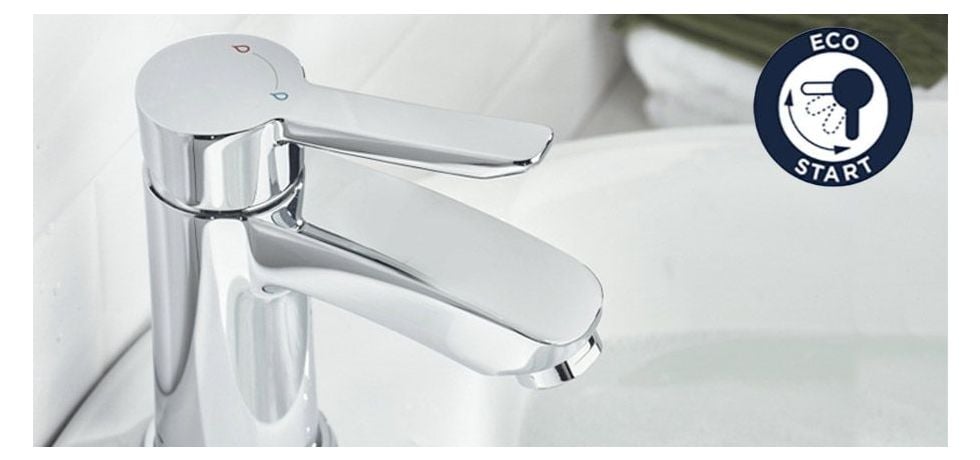
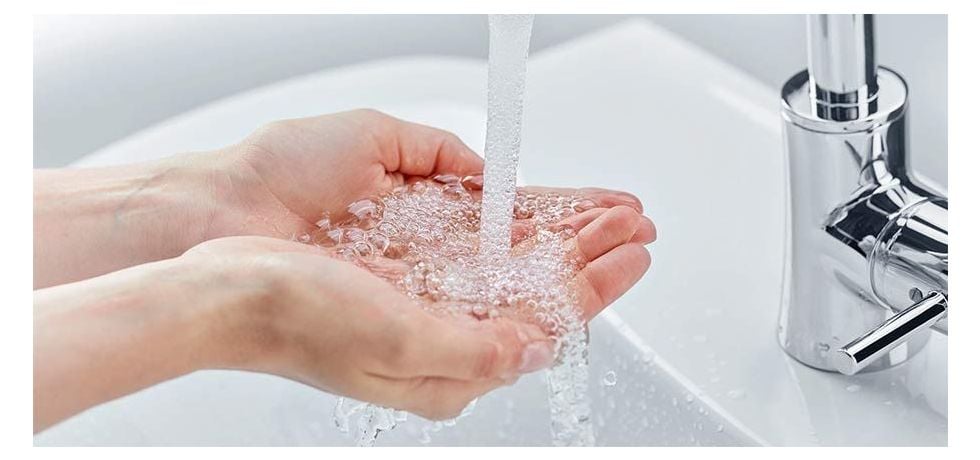
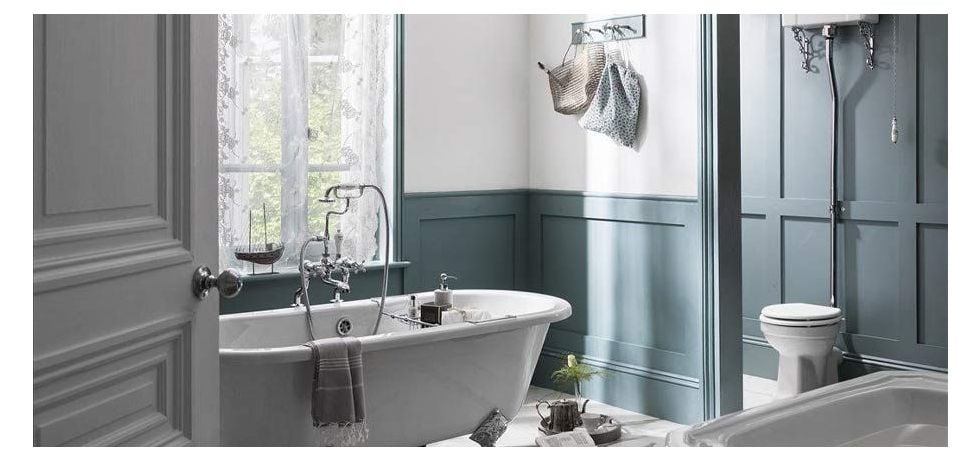
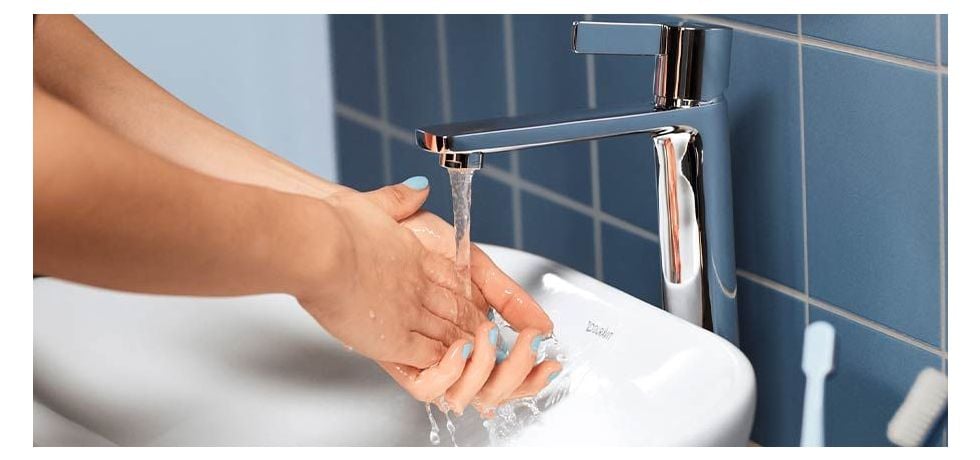
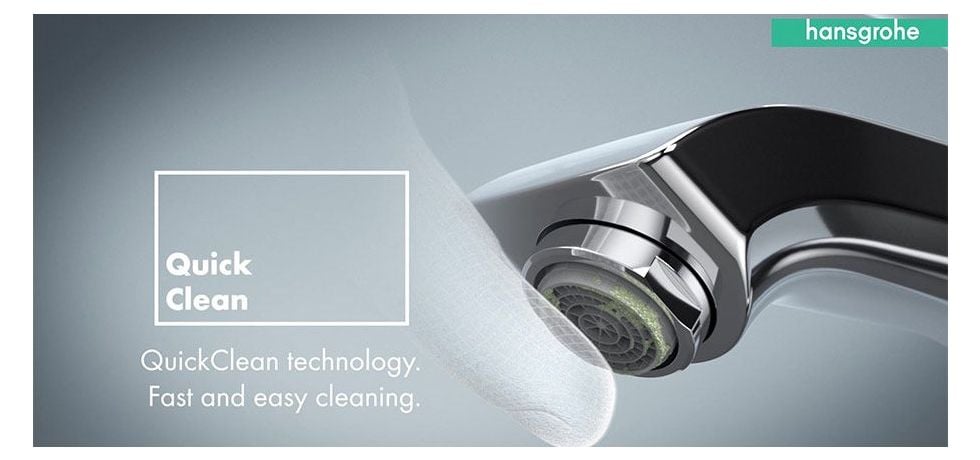
Shop our wide range of Shower Enclosure Suites at Trading Depot. Create a sleek, modern bathroom with our premium shower enclosure suites, the perfect solution for stylish and space-saving design. Each suite includes a high-quality shower enclosure, matching basin, and toilet for a complete, coordinated look. Ideal for en-suites, cloakrooms, and main bathrooms, our suites come in a variety of styles, sizes, and finishes to suit any décor. Designed for durability and easy installation, they offer excellent value without compromising on quality. Browse our range of shower enclosure suites today for a smart, streamlined bathroom upgrade.